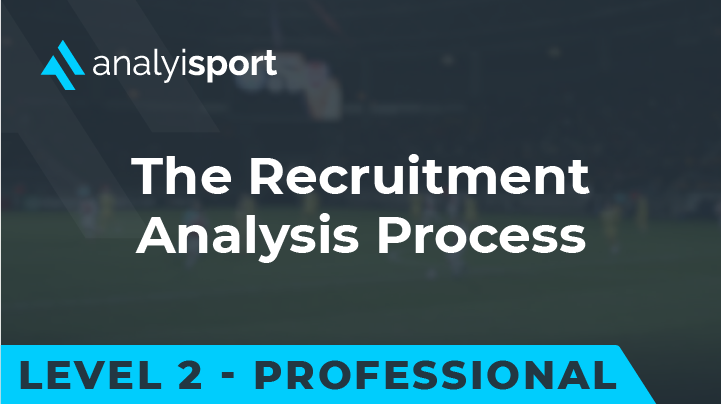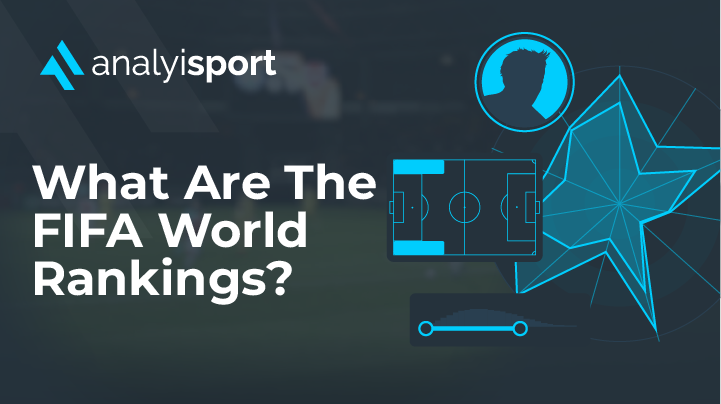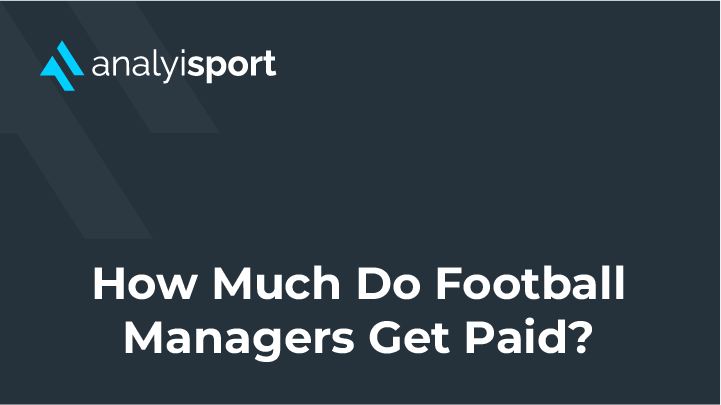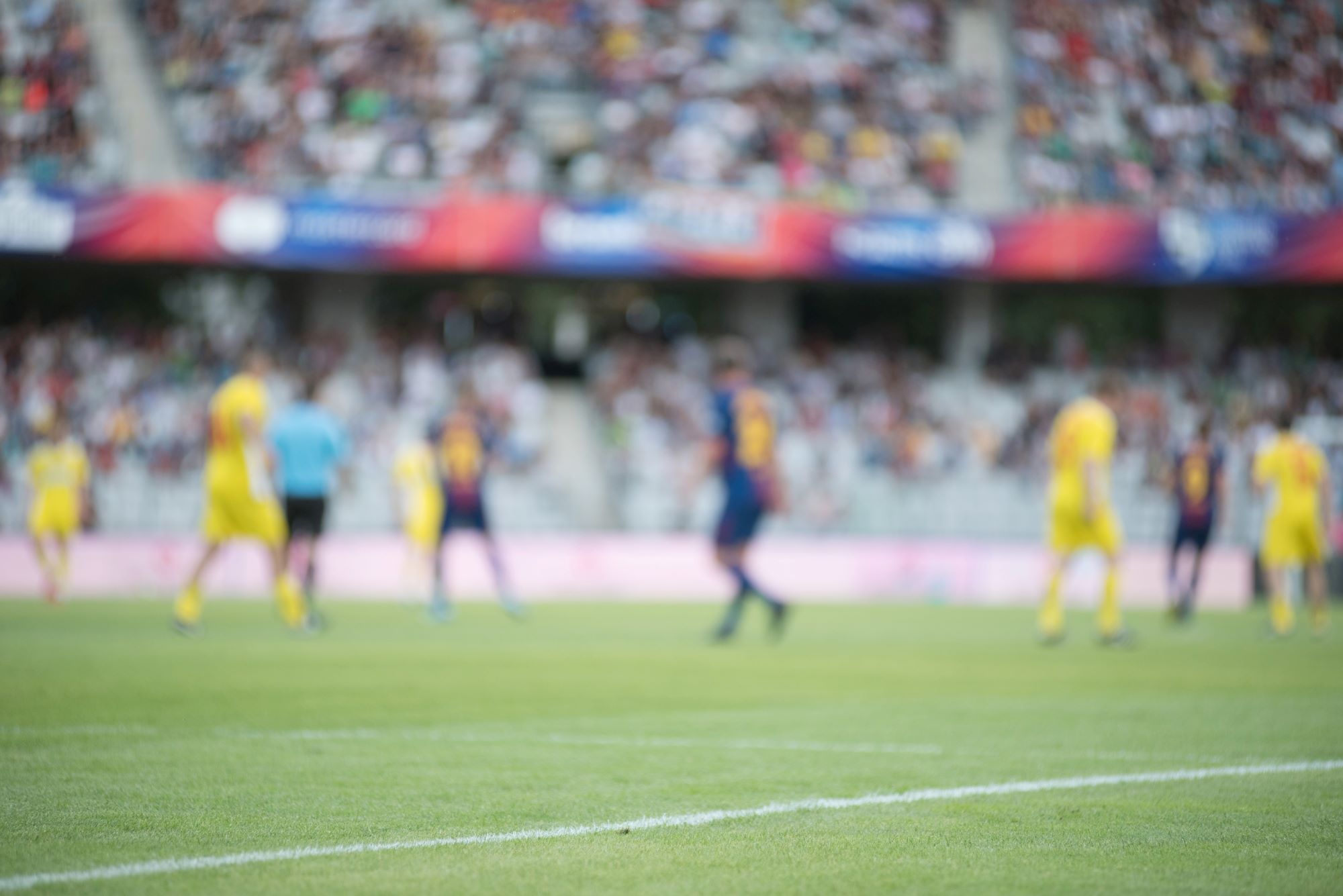How has data analysis transformed scouting in football?
The role of the football scout used to entail bouncing from one football match to another, covering great distances, often alone, to watch apparently promising players that they’d heard about from someone, somewhere.
Traditionally, top scouts have always known that they have the ability to pick out future stars, but often expeditions to watch a player live were made with a sense of hope rather than expectation.
Following the initiation of the football industry’s digital revolution, it has become evident that the traditional scouting process is inefficient. To address this issue, football clubs are harnessing the power of data analysis within their scouting departments. It is also not only the clubs who are using data to improve their scouting process. Independent and freelance scouts are also adopting data driven scouting to improve their process, with the vast resources available including data based courses, software and data models scouting is changing.
Why are football scouts using data?
By integrating data analysis, at a very basic level scouts are able to draw up a shortlist of players to investigate based on objective facts, rather than through word-of-mouth.
Clubs obtain as much physical, tracking and event data as possible for players they might be interested in, before evaluating their potential impact using specific algorithms.
Setting a minimum value threshold for desirable player traits enables scouting departments to automatically filter out targets who are not performing to the standard they are looking for.
But data isn’t just about the numbers. Once analysts have identified targets who meet the club’s statistical requirements, they use video footage to visualise their abilities. This acts as a second auditing stage before a live scout is even sent anywhere.
The result is that the role of football scout has become increasingly defined into specialist roles with video scout, opposition scout and recently positional scout all roles that have been developed to support the requirements of clubs.
The use of data and increased access to game footage via platforms like WyScout has allowed means that when clubs decide to evaluate a transfer target in person, their scouts already have a very good idea of what to expect.
Data analysis doesn’t just help scouts to identify talented players in advance, though. It also saves them and their club a lot of time and money by digitising the initial phase of the scouting process. Clubs are also now looking to outsource the initial part of the scouting process with several clubs having their own video teams who will review and analysis large volumes of video and data, working with specific requirements to identify possible targets even before it reaches the scouting group.
No longer do scouts need to travel for hours only to discover that the player they’re going to see is significantly below the standard they were expecting. Data analysts can obtain this information for them from behind a computer screen.
This is emphasised by Burnley’s technical director Mike Rigg. “Data analysis is 1,000 per cent more efficient than traditional scouting, where you’ve got to drive somewhere or catch a plane, to see someone play for 90 minutes… and then they might not even play, or they’ll play in a different position or formation to what you’re looking for”, says Rigg.
And for all the hours scouts have been willing to commit to travelling in the past, traditional methods could never replicate the scope offered by data analysis. AnalyiSport explains how data ‘vastly increases the range of players a club can look at’.
Which data resources are football scouts using?
Big clubs will typically have their own in-house team of analysts to interpret the data they source. Although clubs are using the large data companies it will be likely that clubs will look to develop their own data centres in the same way that they have brought much of their own media production in-house.
But there is also the option of outsourcing this responsibility to third party data companies. TransferLab and Real Analytics are two platforms that have developed their own unique algorithms for player evaluation.
Both platforms work with data to assign a value to every player on their respective databases according to the player’s performance in advanced metrics.
Scouts across Europe use these companies’ software to compare potential transfer targets with one another and with their own players, too. They benefit from the ability to search the database for players who score highly in targeted metrics.
Elsewhere, AiScout has taken the scouting revolution to the next level. Now an official academy partner for Premier League clubs Chelsea FC and Burnley FC, the London-based start-up brings amateur or semi-professional players to the professional clubs, rather than the other way round.
Any player can upload footage via AiScout’s mobile app which uses artificial intelligence (AI) to measure their performance in certain activities focussing on speed, agility, fitness and technical ability. Club scouts browsing the app will be directed towards the players who rank highest in those areas, and may then invite them to a trial.
For clubs looking for an advantage companies like Zone 7, Kognia and AiScout may provide a competitive advantage as they bring new innovative products to market. For the clubs they consider developing their own digital teams and identifying exciting companies that they might want to work with in the future.
Many players never get the chance to impress that they deserve. But, once again, data is helping to minimise the element of luck and ensure that clubs find the best players.
Football clubs are willing to commit significant financial resources for the use of the most effective scouting platforms on the market. Some data sources, however, are free to use.
Fbref is a free data platform that acts primarily as an open database for anyone interested in football statistics. The ‘player scouting report’ feature ranks players by percentile for a range of detailed metrics and allows users to compare players accordingly.
When scouts use public data sources, though, it is particularly important that they verify the quality and reliability of the information they’re working with.
Advantages and disadvantages of using data in football
The advantages of using data in scouting are clear. Working in unison with live scouts, data analysts can support anecdotal observations with objective numbers.
Football clubs can expect to more consistently sign players that will have a significant positive impact on the squad, whilst also economising by making the scouting process more efficient.
Investing in data is a big commitment, though, and can be costly if not done properly. Scouts and analysts need to make sure that the insights they derive from their data are relevant to their own team.
It is not uncommon for players to put up world-beating numbers in one division and then fail to live up to those standards in another league. If analysts don’t apply player data to the context of their own team, they run the risk of spending a lot of money on incompatible signings.
Publishing football data work publicly
With the existence of public data sources in football, anyone can be an analyst. An increasing number of recruitment positions within football clubs are being taken by what some people call ‘Twitter scouts’.
Scouting expertise is shifting towards people on social media who are able to dedicate a lot of time to their research. It is widely acknowledged in the scouting world that ‘Twitter is a great platform for getting your own work out there’.
Industry professionals now encourage anyone interested in data analysis in football to start putting together a social media portfolio for their own enjoyment. Doing this helps to build a reputation in the community, get in contact with likeminded people and add professional value. If their work is particularly insightful and unique, there is a realistic possibility of being recruited by a football club or data company.
Increasing football scouts’ value
Football clubs make it clear that their intent is not to digitise scouting departments entirely. Data analysts have been brought in in recent years to support the work done by a traditional scout, not to replace it.
Clubs and scouts alike are equipped to make more informed decisions about potential signings when data analysts can come to them in advance with comprehensive player reports covering strengths, weaknesses and development potential.
Traditional scouting methods are being left behind and scouts need to be able to adapt to their evolving demands. If they are able to do so, data can help them to be in the right place to watch the right players far more often, and their ability to identify talent becomes increasingly valuable to their club.
Positional scouting in football
To put a limit on the time they spend on the road, scouts have typically been restricted to one geographical region or country at a time. But given that analysts can now centralise player data regardless of where the players are from, clubs have started to revise their approach.
Although regional scouts are still used, a number of clubs now employ positional scouts as well. Whilst some clubs are transforming existing internal roles into positional scouts, others are hiring externally as they expand their scouting departments.
The role of the positional scout entails monitoring players according to the position they play in. This means only scouting players from one position and not committing time to watching players who play anywhere else on the pitch.
These scouts need to be experts in the position they’re focussing on. Having access to a large player database allows them to compare across leagues and countries. With this breadth of knowledge, positional scouts can be sure that potential recruits don’t just offer value, but that they offer the best value available on the market.
Continuing Professional Development (CPD) for football scouts
With processes evolving so rapidly, scouting is a great area to be involved in for CPD. Modern scouts are constantly learning as the clubs they work for welcome new forward-thinking data partners.
Despite not being data analysts themselves, scouts are now required to keep up to date with the techniques and software being used by the analysts they collaborate with. Showcasing this level of adaptability is a brilliant way to enhance employability. There are a wide range of data analysis courses available to take online.
Understanding how to work with data is a valuable asset for any professional. Modern football scouts are gaining incredibly transferable skills which will be relevant to any other digitised industry.
What’s next for data and football scouting?
Data analysis within football scouting is still a relatively young area with all involved still understanding what value can be derived. Whilst clubs are experimenting with new approaches as they seek to maximise the value they’re getting from their data, there is no doubting the overall trend in the industry.
Data analysis is changing the way scouting departments operate whilst streamlining the whole recruitment process for clubs.
Club scouts are having to leave traditional methods in the past, but many see this as beneficial. From a scout’s perspective, the transition into the data era provides an opportunity to acquire new skills and further their career.
Ultimately, data has unlocked a new level for scouts to reach by enhancing the value that they can offer to their club. Working alongside analysts, football scouts are now set up to excel in the contemporary football landscape.
Related Courses:
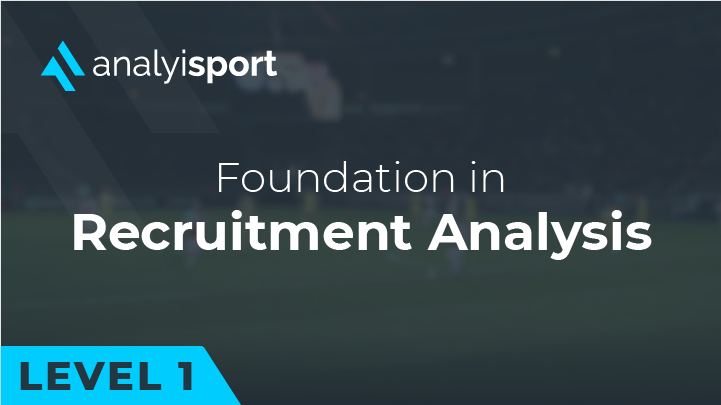
- Level 1
- Course
Level 1: Foundation in Recruitment Analysis in Football
£70.00
Share this article
Our Learning Pathways
AnalyiSport is for everyone who is passionate about analysis in football. Where are you in your development journey?
Become a Football Scout
As more clubs than ever look to build data into their recruitment process, an understanding of recruitment analysis is your ticket to success in the game.
Related Articles
Our team provides news and insights from the cutting edge of football analysis.

